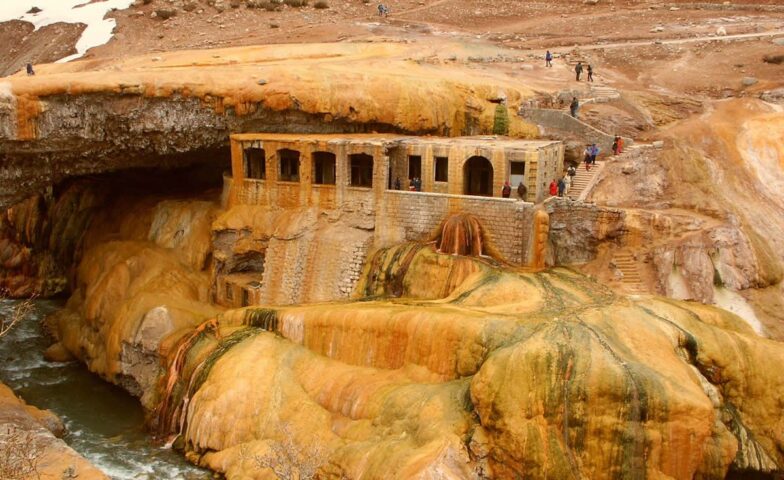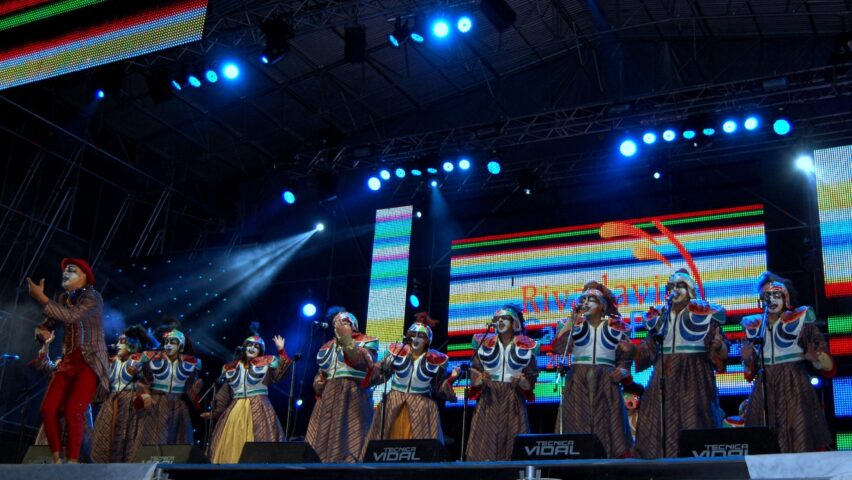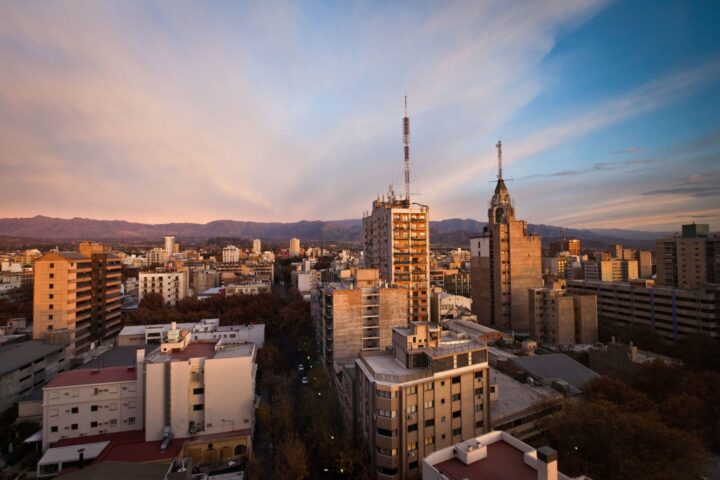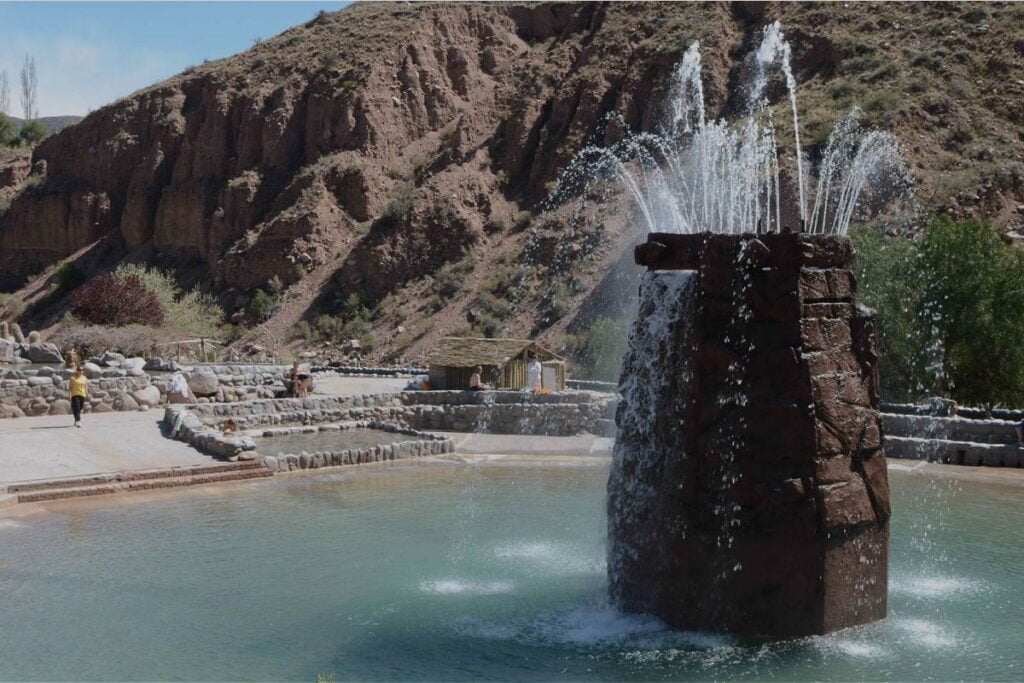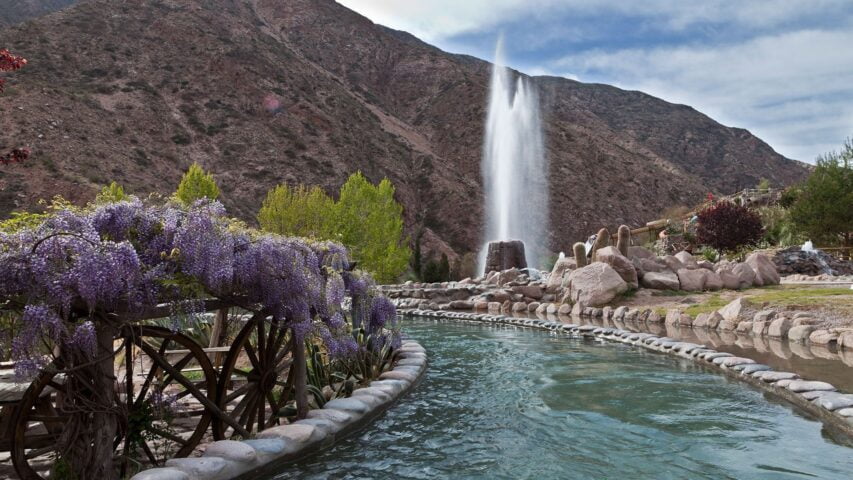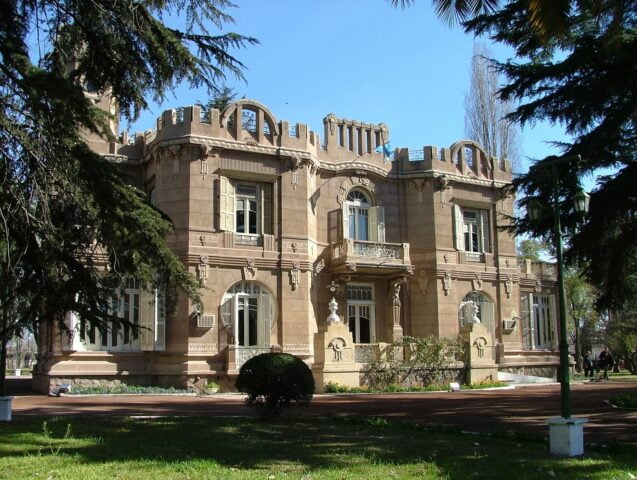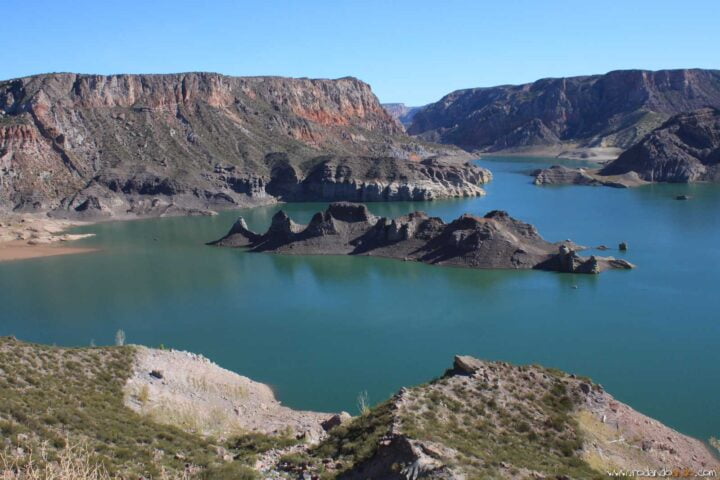Viaje en auto a Puente del Inca
¡Prepárate para una aventura inolvidable! En este artículo, te llevaré a un fascinante viaje en auto hacia Puente del Inca, un lugar mágico ubicado en la provincia de Mendoza, Argentina. Descubre la historia de Puente del Inca, las atracciones imperdibles y cómo hacer realidad este emocionante viaje alquilando un auto en Mendoza. ¡Comencemos!
Introducción
Antes de sumergirnos en los detalles de este viaje, es importante conocer un poco de contexto. Puente del Inca es un impresionante puente natural que se encuentra en la Cordillera de los Andes, en la provincia de Mendoza. Este sitio turístico es famoso por su belleza única y su historia intrigante.
Puente del Inca
2.1. Historia
La historia de Puente del Inca se remonta a miles de años atrás. Los nativos de la zona solían utilizar este puente natural como un paso seguro sobre el río Las Cuevas. Sin embargo, lo que hace especial a Puente del Inca son las formaciones minerales que se encuentran en sus alrededores. Estas formaciones, compuestas principalmente por azufre, crean una apariencia única y cautivadora. Para conocer mas, mirá este link.
2.2. Atracciones
Una vez que llegues a Puente del Inca, quedarás maravillado por las diversas atracciones que este lugar tiene para ofrecer. Podrás explorar los alrededores del puente, admirar las formaciones minerales y disfrutar de las aguas termales que se encuentran en la zona. Además, hay varias rutas de senderismo cercanas que te permitirán disfrutar de vistas panorámicas de las montañas.
Alquiler de Autos en Mendoza
3.1. Beneficios
Para hacer realidad tu viaje a Puente del Inca, alquilar un auto en Mendoza es la opción más conveniente. El alquiler de autos te brinda la libertad de explorar a tu propio ritmo y te permite acceder a lugares remotos que no son fácilmente alcanzables en transporte público. Además, con Mdz Rent a Car encontrarás una amplia variedad de autos que ofrecen precios competitivos y una flota diversa de vehículos.
3.2. Proceso de alquiler
El proceso de alquiler de autos en Mendoza es sencillo y conveniente. Nos puedes contactar por Whatsapp así te asesoramos y adaptamos la propuesta a tus necesidades y gustos. Al recoger el auto, se te pedirá que presentes tu licencia de conducir válida y una tarjeta de crédito para el depósito de seguridad.
Viaje en Auto a Puente del Inca
4.1. Ruta recomendada
Ahora, hablemos sobre la ruta recomendada para llegar a Puente del Inca desde Mendoza. La ruta más comúnmente utilizada es la Ruta Nacional 7, que te llevará a través de un hermoso paisaje montañoso. Durante el viaje, pasarás por encantadores pueblos y podrás detenerte en miradores para disfrutar de vistas impresionantes.
4.2. Preparativos
Antes de emprender tu viaje, es importante realizar algunos preparativos. Asegúrate de revisar el estado del auto, incluyendo los neumáticos, los frenos y los niveles de combustible. También es recomendable llevar ropa adecuada para las condiciones climáticas, agua, alimentos y un botiquín de primeros auxilios.
4.3. Lugares destacados
Durante tu viaje a Puente del Inca, hay varios lugares destacados que no te puedes perder. Uno de ellos es el Parque Provincial Aconcagua, donde se encuentra la montaña más alta de América, el Aconcagua. También puedes visitar la localidad de Las Cuevas, ubicada cerca de la frontera con Chile, y disfrutar de sus increíbles vistas.
Consejos útiles
Aquí tienes algunos consejos útiles para que tu viaje sea aún más placentero. Asegúrate de llevar contigo un mapa actualizado y un dispositivo GPS para navegar por las carreteras. Además, respeta los límites de velocidad y las normas de tránsito en todo momento. Siempre lleva contigo agua y alimentos adicionales, ya que podrías encontrarte con tramos largos sin servicios.
Conclusiones
En conclusión, viajar en auto a Puente del Inca es una experiencia fascinante que te permitirá explorar la belleza natural de la provincia de Mendoza. Alquilando un auto en Mendoza, podrás disfrutar de la libertad de viajar a tu propio ritmo y descubrir lugares impresionantes en el camino. No te pierdas la oportunidad de visitar Puente del Inca y maravillarte con su historia y atracciones.
Preguntas frecuentes (FAQs)
- ¿Cuál es la mejor época para visitar Puente del Inca?
- La mejor época para visitar Puente del Inca es durante la primavera y el otoño, cuando el clima es más moderado y las condiciones son ideales para explorar al aire libre. Aunque en invierno, si el clima es bueno podes ver nieve y las vistas son incomparables.
- ¿Es necesario contar con un seguro de auto para el alquiler en Mendoza?
- Sí, es altamente recomendable contratar un seguro de auto al momento de alquilar para asegurar una mayor tranquilidad durante tu viaje.
- ¿Cuánto tiempo se tarda en llegar a Puente del Inca desde Mendoza en auto?
- El tiempo de viaje puede variar dependiendo de las condiciones del tráfico y las paradas que realices en el camino, pero generalmente se tarda alrededor de 2 horas y media.
- ¿Cuáles son otras atracciones cercanas a Puente del Inca?
- Además de Puente del Inca, puedes visitar el Parque Provincial Laguna del Diamante, el Cerro Aconcagua, el Parque Nacional Talampaya y la ciudad de Mendoza, conocida por sus bodegas y viñedos.
¡No esperes más y comienza a planificar tu viaje en auto a Puente del Inca! Descubre la magia de este lugar y disfruta de una experiencia inolvidable en la hermosa provincia de Mendoza.

